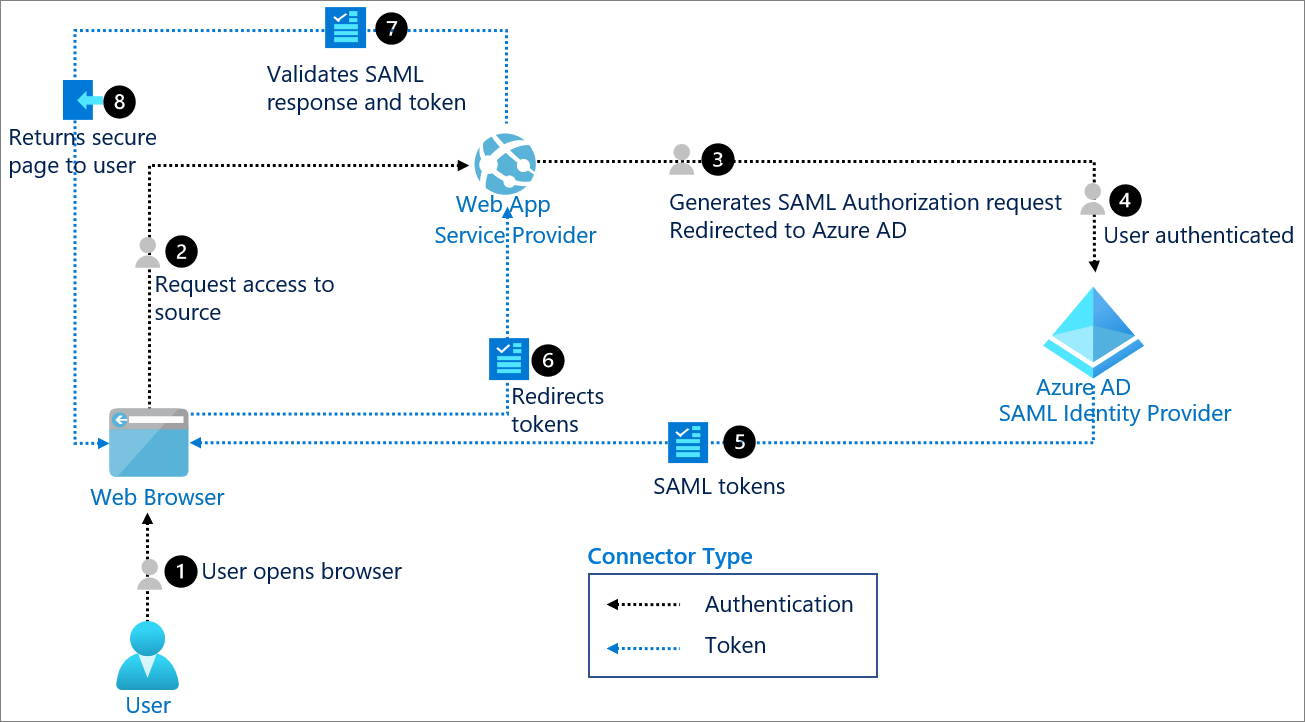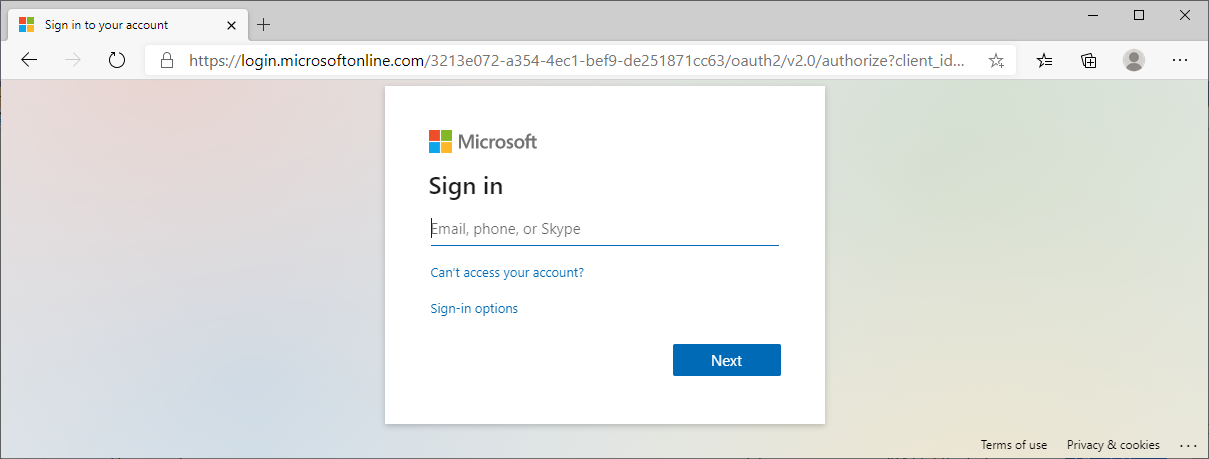

Even though you should go cloud-native with AADJ ?.

To keep the article focused, we are going to be exploring SSO for corporate owned and managed Windows devices that are joined to an Active Directory domain.Īnd for the camp out there that firmly believes everything should just go straight to Azure AD Join (AADJ), and forget hybrid… this article is for those that have their reasons to stay with hybrid join for the moment. Which brings us here – gaining clarity on the SSO choices for Azure AD. While there is one paragraph contrasting the two choices in the docs, Azure AD Connect: Seamless Single Sign-On – Microsoft Entra | Microsoft Docs, the question still comes up often.

Do we need hybrid join? Do we need Azure AD Seamless SSO? Do we need both? Can we configure both? Why isn’t hybrid join listed as an SSO mechanism in the docs? If hybrid join is preferred, why does Azure AD Seamless SSO mention seamless, isn’t it better? And with that, people turn to the documentation with questions. It’s great having choices, except when you are not sure which choice to make.įor organizations that are on a hybrid journey with Azure AD, the question of single sign-on (SSO) almost always comes up.


 0 kommentar(er)
0 kommentar(er)
